News & Views, Volume 46 | Metallurgical Lab Case Study: Cracking of Grade 23 Steel Furnace Wall Tubes
By: Terry Totemeier
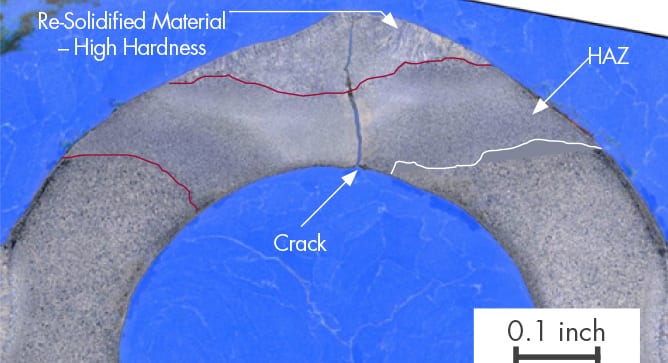
By: Terry Totemeier

By: Andy Coughlin
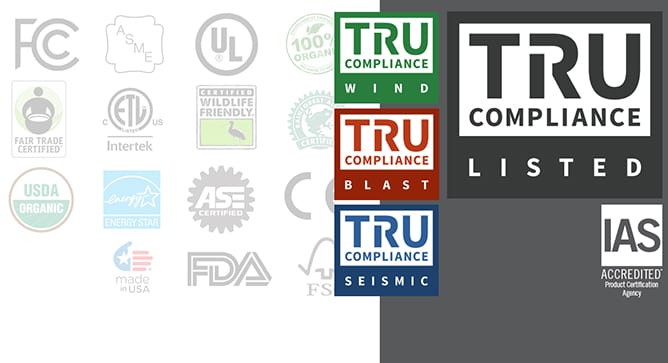
“This is a significant milestone for Structural Integrity and our certification agency, TRU Compliance,” Chris Larsen, Vice President of Critical Structures at Structural Integrity comments. “The accreditation further validates our robust program as well as our comprehensive approach, which not only meets the stringent guidelines of the ISO standards but offers our customers a full scope solution for product certification”.
By: Wendy Weiss
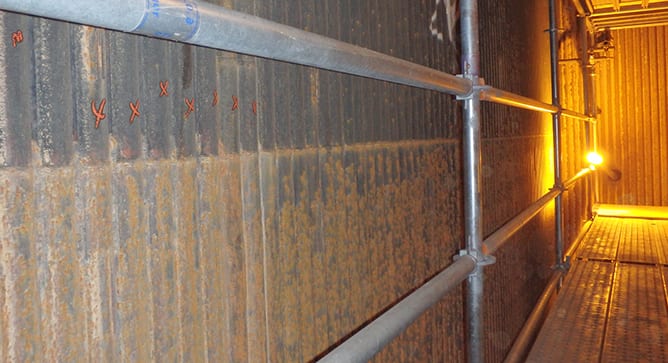
By: Gerry Davina
The modernization of plant automation controls represents a step change in performance that optimizes Operations and Maintenance resources, shifting their focus to performance maintenance and plant monitoring and away from inefficient corrective maintenance and troubleshooting.
According to the U.S. Energy Information Administration, the average age of the U.S.-based nuclear power plant is approximately 38 years old. Three of the “youngest” plants (Watts Bar, Nine Mile Point 2 and River Bend) all began construction in the mid-1970’s with their designs approved years earlier. In terms of industrial control systems, this means that most, if not all, of the plants in the U.S. nuclear fleet, continue to operate with 1970s in automation equipment and technology. Although it can be argued that the equipment and technology have proven to stand the test of time, the reality of the digital age, with low cost and high-powered processors, is that relay-based control systems are long-obsolete and no longer practical for any automation system that requires more than a handful of relays and switches. In an industry that has publicly advocated a commitment to improved reliability and efficiency, ironically, the most evident impact for any plant with the continued use of 40-year-old automation equipment and technology is poor system reliability and inefficiency burdening both Operations and Maintenance resources.
By: Eric Kjolsing
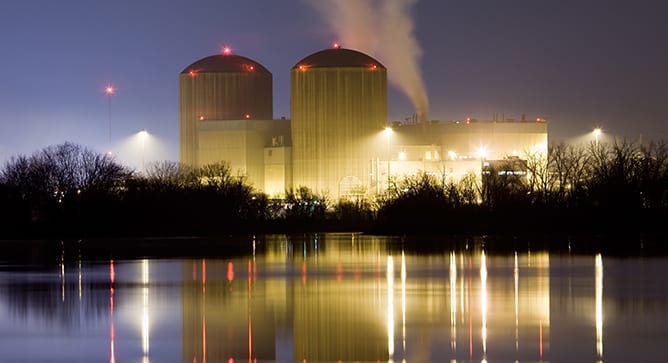
This article describes a methodology to assess the structural performance of a containment structure over time as a function of confidence in the tendon losses and is split into three parts:
By: Scott Riccardella, Jason Van Velsor, and Roger Royer
Pipeline operators face a multitude of threats, including service, environmental, or operational induced degradation to pipelines and related facilities. Non-Destructive Examination (NDE) is often used to characterize the nature and extent of this degradation. Thus, there is a critical need for reliable NDE as pipeline operators rely extensively on NDE as the basis for validating In-Line Inspection (ILI) results, determining fitness for service, and making repair and other operational decisions. Erroneous or inaccurate characterization of these defects can lead to unexpected leaks or failures, unnecessary and costly repairs, the establishment of an incorrect remaining life or re-assessment interval, and inaccurate (in)validation of ILI results.
By: Matthew Walter
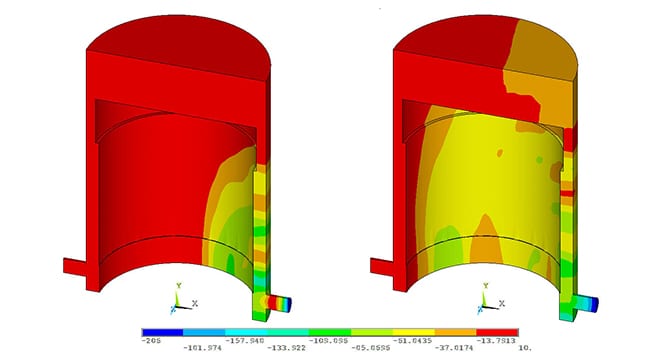
By: Eric Kjolsing and Dan Parker
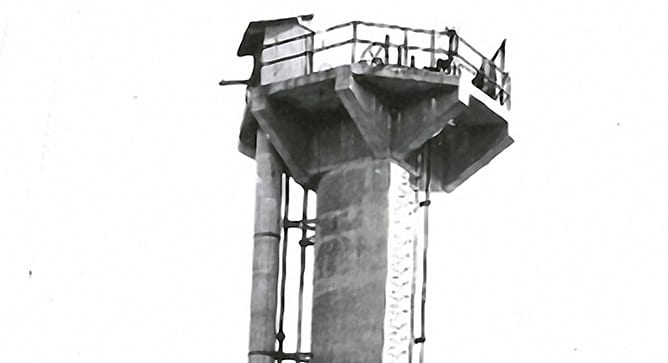
The assessment required the generation of an analysis model that accounted for both the structure and the surrounding water. When accounting for fluid effects, a typical analysis approach is to develop a fluid-structure interaction (FSI) model that explicitly accounts for the interaction between the surrounding water and concrete tower. However, this modeling approach is expensive both in terms of (a) cost, due to the increased effort needed in generating the model and (b) schedule, due to the increased analysis run time. In lieu of developing an FSI model, SI implemented an alternative numerical approach to model the effects of the water and justified the approach through physical testing of the in-situ structure.
By: Jeff Milligan, Steve Gressler, and Allen Porter
Full Matrix Capture (FMC) and Total Focusing Method (TFM) have evolved over the past few years into NDE buzz words that warrant explanation and context for their proper and successful application. Structural Integrity (SI) is well vested and engaged in FMC and actively exploring the use of this technology where it enhances ultrasonic sensitivity and characterization to bring added value to our clients. An explanation of these technologies and what they mean to the future of ultrasonic inspection follows.
Phased Array Ultrasonic Testing (PAUT) has evolved significantly over the last 20+ years, with improvements and innovations in sensor design, signal processing, and data interpretation; however, the method by which PAUT is applied has remained relatively unchanged: Excite an array of transducer elements with predetermined time delays, called focal laws, and receive resulting reflections with the array of transducer elements,
By: Paul Zayicek
Three factors typically drive inspection intervals of generator rotors:
Drivers from the OEM include issues defined in service bulletins or technical information letters that pertain to the entire fleet or some subset of the population. Intervals based on engineering evaluations can be derived from an identified damage mechanism with the rotor or with a critical component. An engineering evaluation can also provide for extended inspection intervals in situations where the generator has no inherent material issues, has a clean inspection record, and sees limited operational stress such as in a base-load unit.
SIGN UP FOR OUR NEWSLETTER
*Join the conversation. Sign up to receive emails, events, and latest information!
1-877-4SI-POWER
(1-877-474-7693)
This site uses cookies. By continuing to browse the site, you are agreeing to our use of cookies.
OKLearn MoreWe may request cookies to be set on your device. We use cookies to let us know when you visit our websites, how you interact with us, to enrich your user experience, and to customize your relationship with our website.
Click on the different category headings to find out more. You can also change some of your preferences. Note that blocking some types of cookies may impact your experience on our websites and the services we are able to offer.
These cookies are strictly necessary to provide you with services available through our website and to use some of its features.
Because these cookies are strictly necessary to deliver the website, refusing them will have impact how our site functions. You always can block or delete cookies by changing your browser settings and force blocking all cookies on this website. But this will always prompt you to accept/refuse cookies when revisiting our site.
We fully respect if you want to refuse cookies but to avoid asking you again and again kindly allow us to store a cookie for that. You are free to opt out any time or opt in for other cookies to get a better experience. If you refuse cookies we will remove all set cookies in our domain.
We provide you with a list of stored cookies on your computer in our domain so you can check what we stored. Due to security reasons we are not able to show or modify cookies from other domains. You can check these in your browser security settings.
These cookies collect information that is used either in aggregate form to help us understand how our website is being used or how effective our marketing campaigns are, or to help us customize our website and application for you in order to enhance your experience.
If you do not want that we track your visit to our site you can disable tracking in your browser here:
We also use different external services like Google Webfonts, Google Maps, and external Video providers. Since these providers may collect personal data like your IP address we allow you to block them here. Please be aware that this might heavily reduce the functionality and appearance of our site. Changes will take effect once you reload the page.
Google Webfont Settings:
Google Map Settings:
Google reCaptcha Settings:
Vimeo and Youtube video embeds:
The following cookies are also needed - You can choose if you want to allow them:
You can read about our cookies and privacy settings in detail on our Privacy Policy Page.
